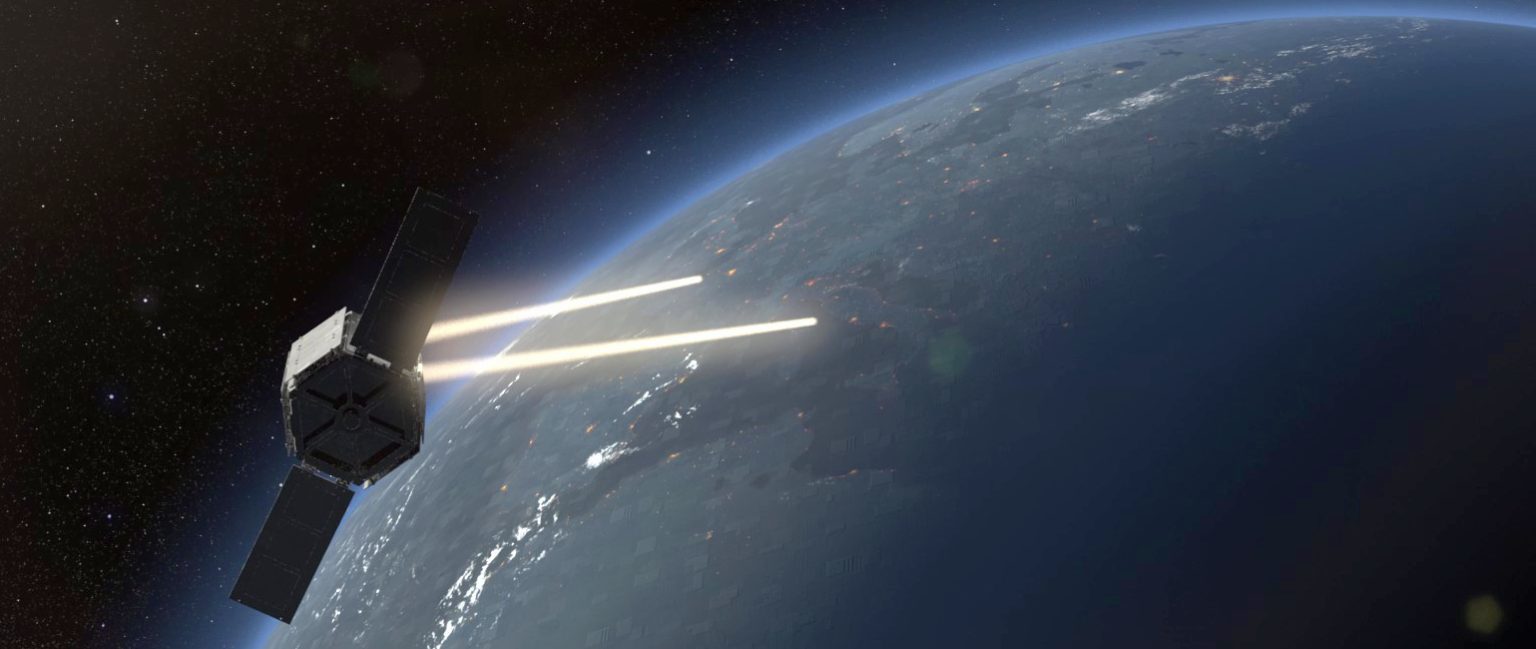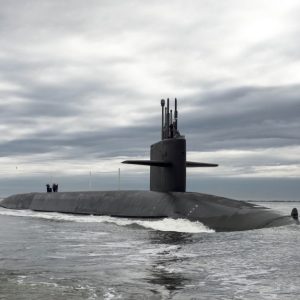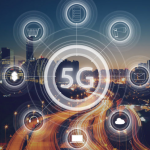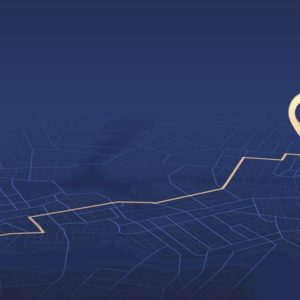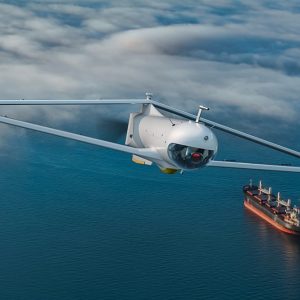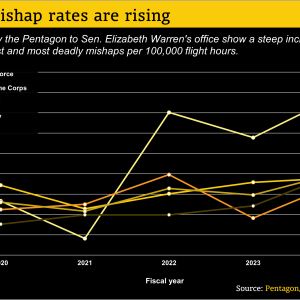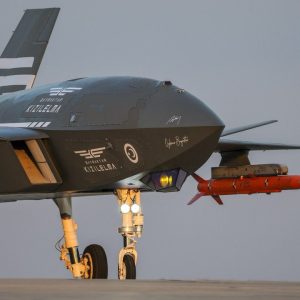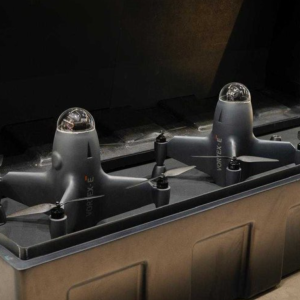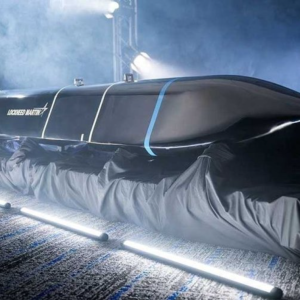The European Space Agency (ESA) has signed a €50 million contract with Thales Alenia Space to start work on the Security And cryptoGrAphic (SAGA) mission. The program marks a significant step toward quantum-secure satellite communications, designed to safeguard Europe’s digital future.
Quantum keys from orbit
SAGA will test quantum key distribution (QKD) — a method of sending encryption keys using light particles. These photons change instantly if intercepted, which makes secret access impossible. As a result, every communication link remains verified and secure.
The satellite will connect to new terrestrial quantum networks now forming across EU Member States. Together, they will create a space-to-ground security layer that protects sensitive government and institutional data across Europe.
According to ESA, SAGA will become a key part of Europe’s digital resilience, supporting sectors such as energy, healthcare, defence, and emergency response.
“With SAGA, our aim is to advance satellite communications and strengthen Europe’s digital sovereignty and cybersecurity,” said Laurent Jaffart, ESA’s Director of Connectivity and Secure Communications.
Key Facts
- Contract value: €50 million
- Prime contractor: Thales Alenia Space (France – Italy)
- Programme: Security And cryptoGrAphic (SAGA)
- Goal: Demonstrate satellite-based quantum key distribution (QKD)
- Framework: Part of the European Quantum Communication Infrastructure (EuroQCI)
- Next step: Preliminary design review within two years
- Partners: ESA – European Commission DG CNECT – Thales Alenia Space – National space agencies
Europe’s growing quantum network
SAGA is part of EuroQCI, a joint effort between ESA and the European Commission. The plan is to link ground-based fiber networks with quantum-enabled satellites. This will form an end-to-end quantum-secure network that guards data against the coming era of quantum computing attacks.
Moreover, EuroQCI will work alongside GovSatCom and IRIS² to provide multi-layered secure connectivity for governments and EU institutions.
At the Quantum Europe Forum in Brussels, Aymard de Touzalin from DG CNECT explained:
“EuroQCI is more than research. It is the base for a trusted European information space. SAGA adds the quantum layer that ensures absolute security.”
From prototype to orbit
The contract covers technology development, system prototypes, and validation testing. These activities will lead to a preliminary design review within two years. After that, ESA expects to move into manufacturing and launch preparation.
The deal was signed by Antonio Sturiale of Thales Alenia Space Italy and Laurent Jaffart of ESA, witnessed by European Commission officials.
Thales Alenia Space CEO Hervé Derrey said:
“Our teams are proud to advance Europe’s technological independence with optical and quantum technologies. This program will help build a secure and resilient network that benefits both citizens and governments.”
Unlike ESA’s earlier EAGLE-1 and QKDSat missions, SAGA is meant for classified and high-security data. It will directly support operations tied to national defence, intelligence, and public safety.
Technical focus: how quantum keys work
Quantum key distribution uses individual or entangled photons to generate identical encryption keys at both ends of a link. If an intruder tries to capture these photons, the act of observation changes their state. Consequently, both users immediately detect the intrusion and discard the compromised key.
SAGA will host entangled-photon sources, single-photon detectors, adaptive optics, and precision laser terminals. These instruments will transmit quantum keys to optical ground stations linked with terrestrial quantum repeaters. Together they will ensure continuous, tamper-proof communication.
This approach matters because quantum computers could soon break today’s encryption algorithms. By investing early, Europe aims to protect critical data and reduce dependence on non-European suppliers of secure communication systems.
Strategic value for defence and sovereignty
The mission has clear dual-use potential. Quantum-secure links can serve both civil and defence users. They may support command-and-control systems, encrypted diplomatic channels, or multi-agency crisis networks.
Through SAGA, ESA and Thales Alenia Space are reinforcing Europe’s industrial base in quantum photonics and optical terminals. These technologies will strengthen strategic autonomy and create export opportunities in secure communications.
Furthermore, the project helps integrate Europe’s defence, space, and digital agendas, showing how innovation in one field can reinforce resilience in another.
The road ahead
Once design validation is complete, ESA plans to conduct in-orbit tests of QKD links between SAGA and several European ground stations. The results will guide EuroQCI’s rollout and define standards for quantum-resistant networks across the EU.
In essence, SAGA is more than a single mission. It is a gateway to Europe’s quantum future, combining scientific innovation, industrial capability, and strategic foresight.
Further Reading
- ESA — Connectivity and Secure Communications Directorate{:target=”_blank” rel=”noopener noreferrer external” data-verified=”manual”}
- European Commission — EuroQCI Initiative{:target=”_blank” rel=”noopener noreferrer external” data-verified=”manual”}
- Thales Alenia Space — Press Releases{:target=”_blank” rel=”noopener noreferrer external” data-verified=”manual”}
- Internal link: Quantum mission planning boosts debris removal efficiency

